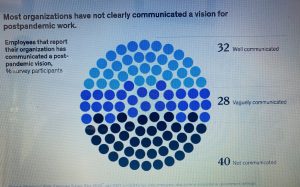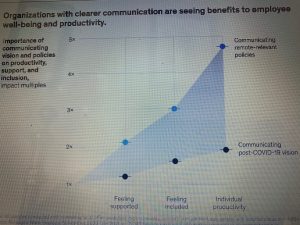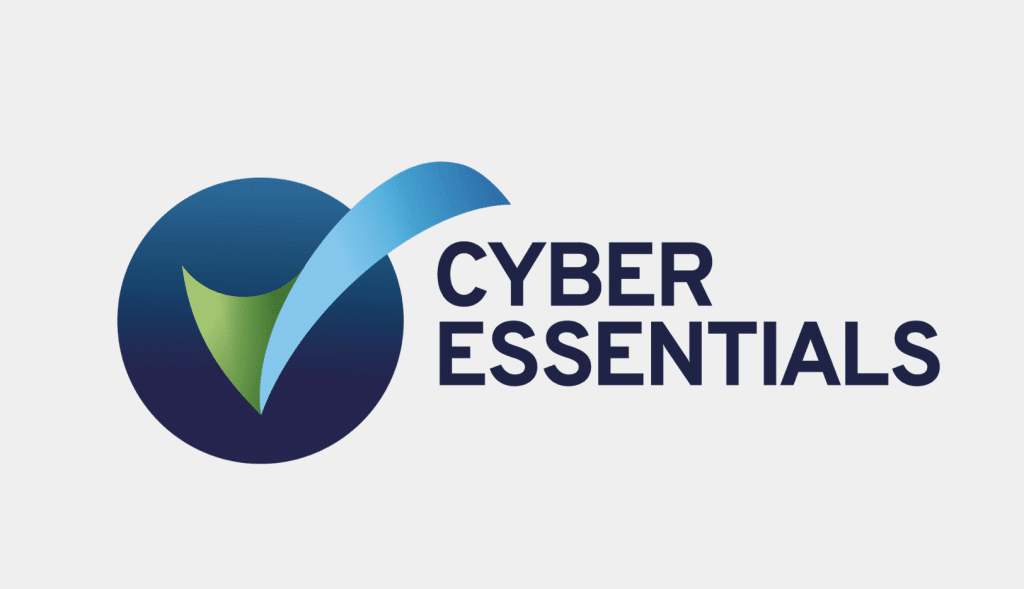Employees want more certainty about postpandemic working arrangements—even if you don’t yet know what to tell them.

But while productivity may have gone up, many employees report feeling anxious and burned out. Unless leaders address the sources of employee anxiety, pandemic-style productivity gains may prove unsustainable in the future.1 That’s because anxiety is known to reduce job satisfaction, negatively affect interpersonal relationships with colleagues, and decrease work performance.

Our survey results make the source of anxiety clear: employees feel they’ve yet to hear enough about their employers’ plans for post-COVID-19 working arrangements. Organizations may have announced a general intent to embrace hybrid virtual work going forward, but too few of them, employees say, have shared detailed guidelines, policies, expectations, and approaches. And the lack of remote-relevant specifics is leaving employees anxious.
As organizational leaders chart the path toward the postpandemic world, they need to communicate more frequently with their employees—even if their plans have yet to solidify fully. Organizations that have articulated more specific policies and approaches for the future workplace have seen employee well-being and productivity rise.
The following charts examine our survey findings and shed light on what employees want from the future of work.






